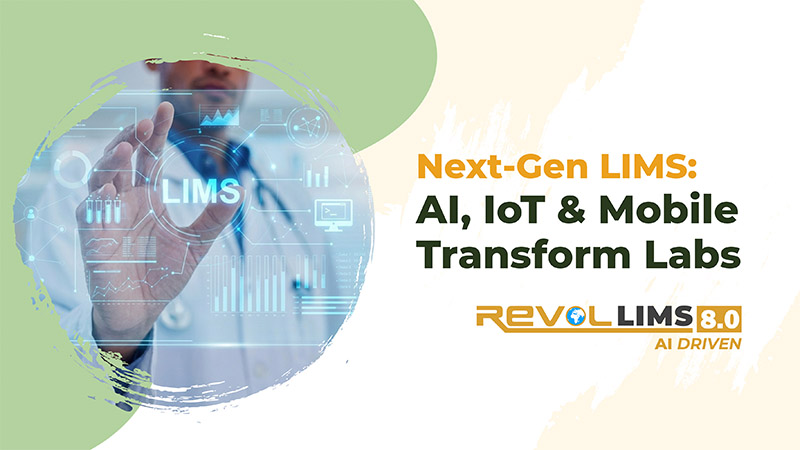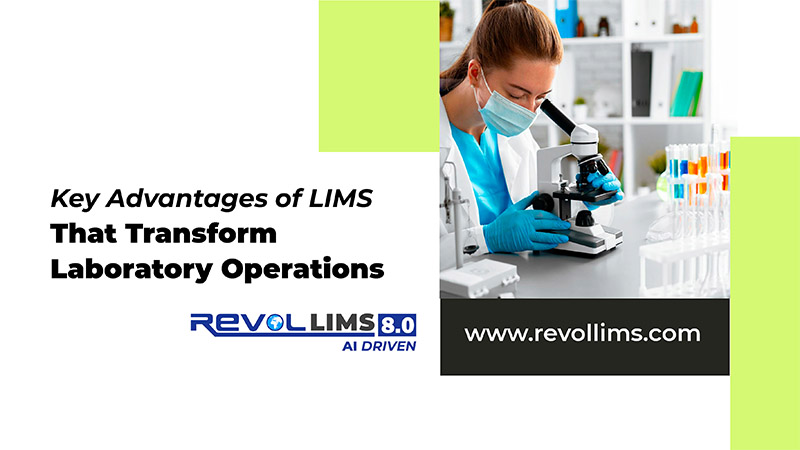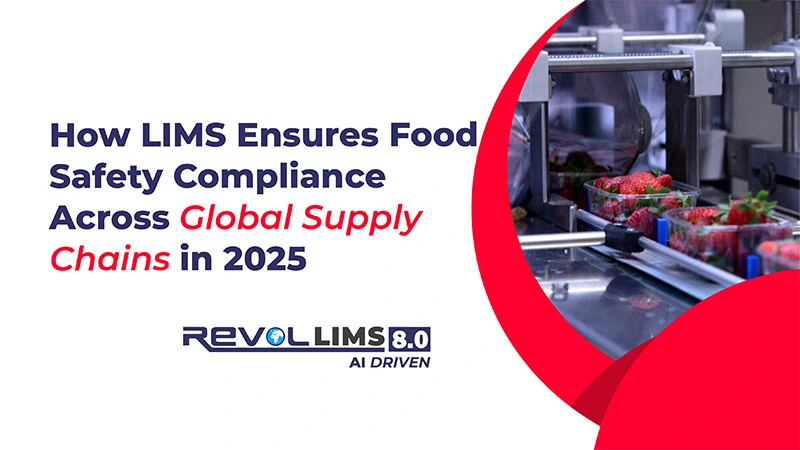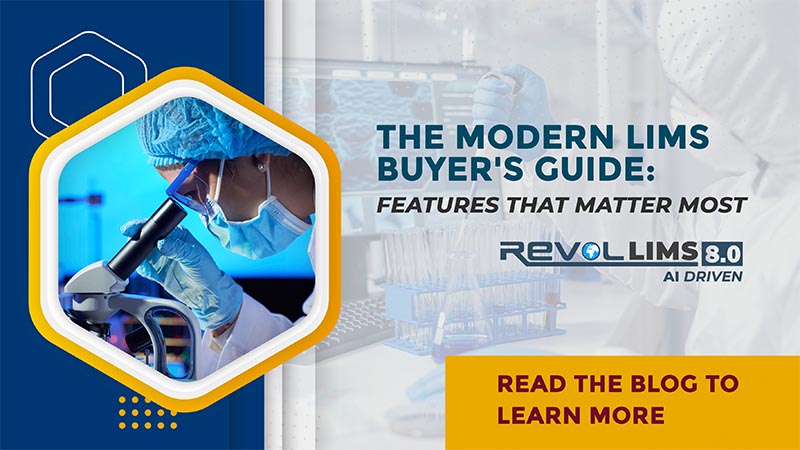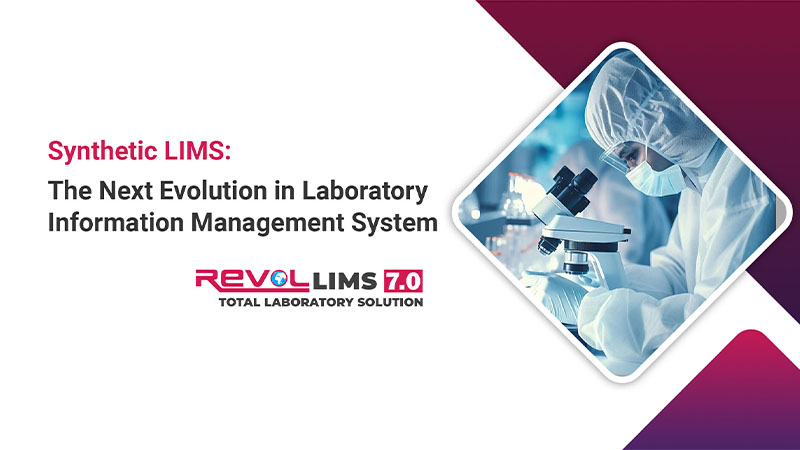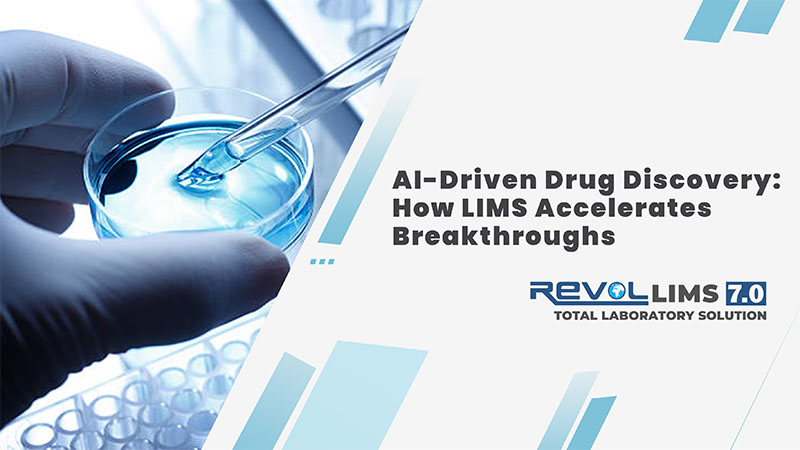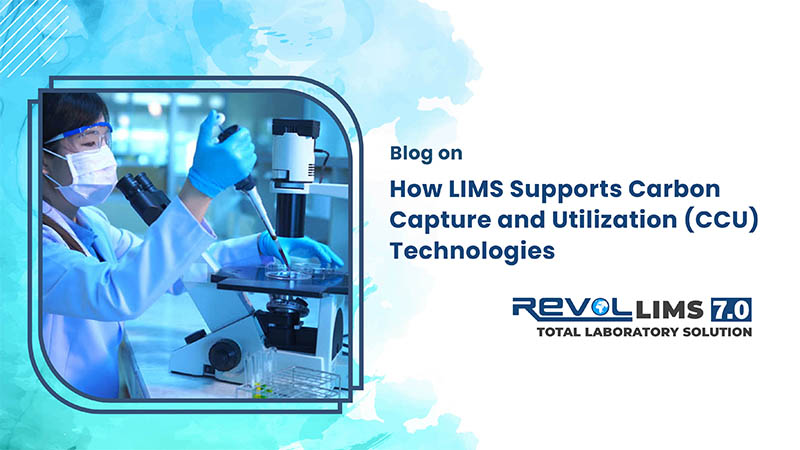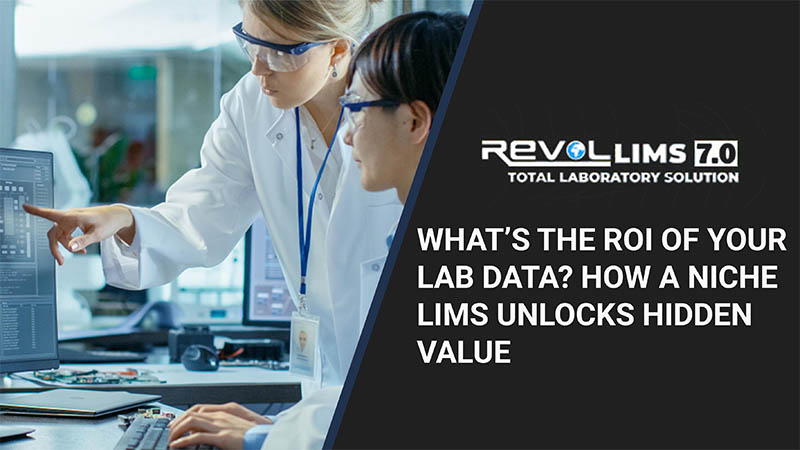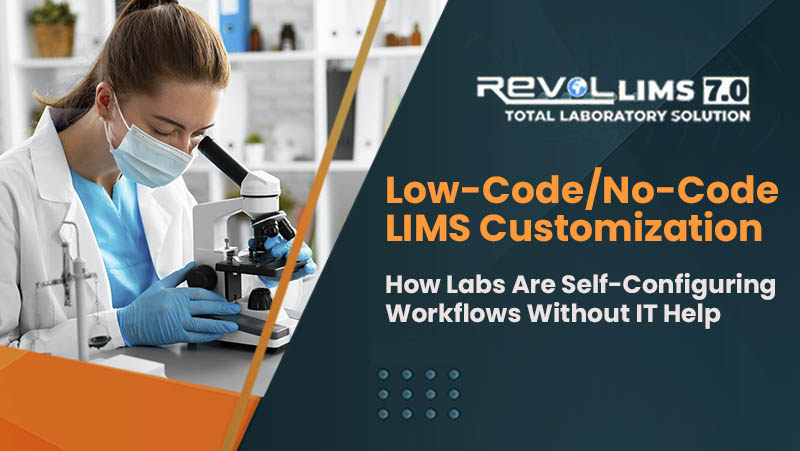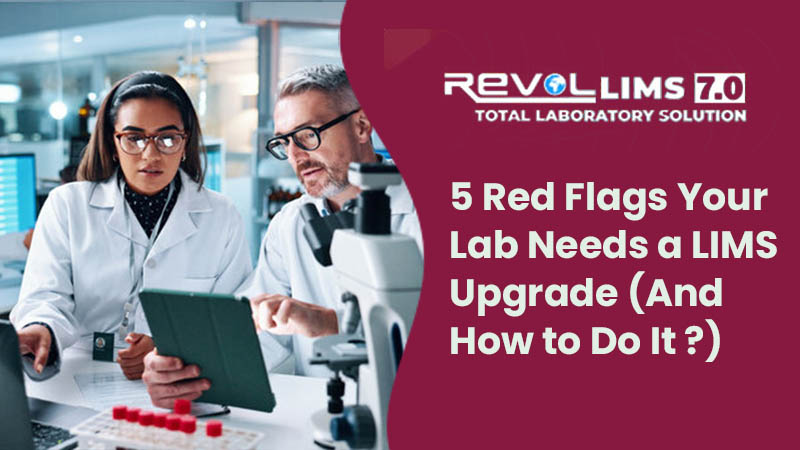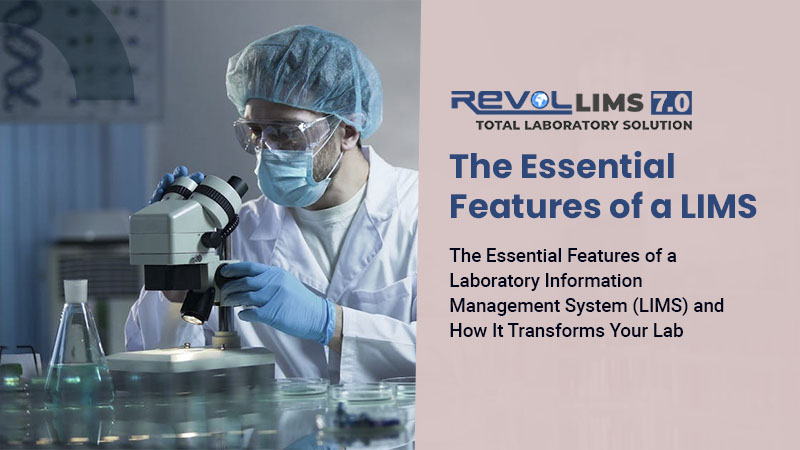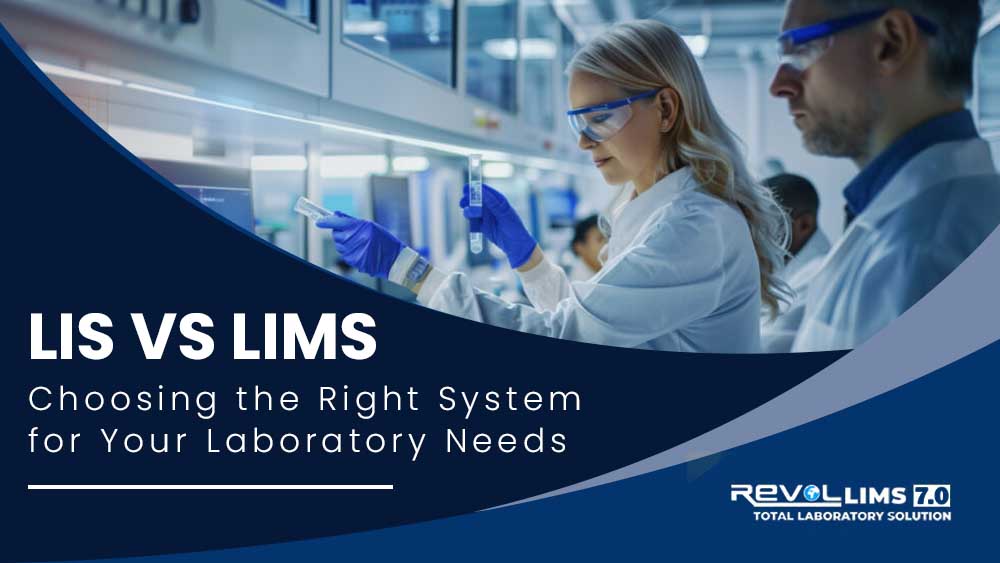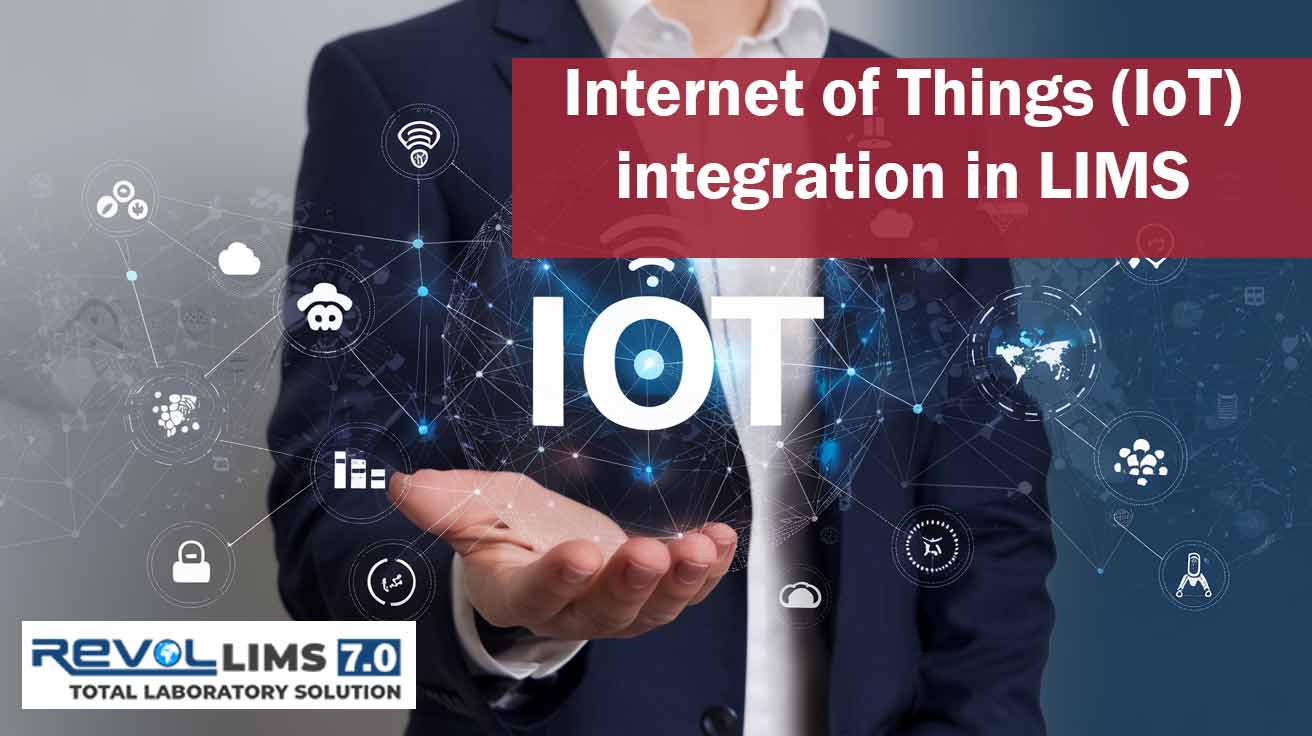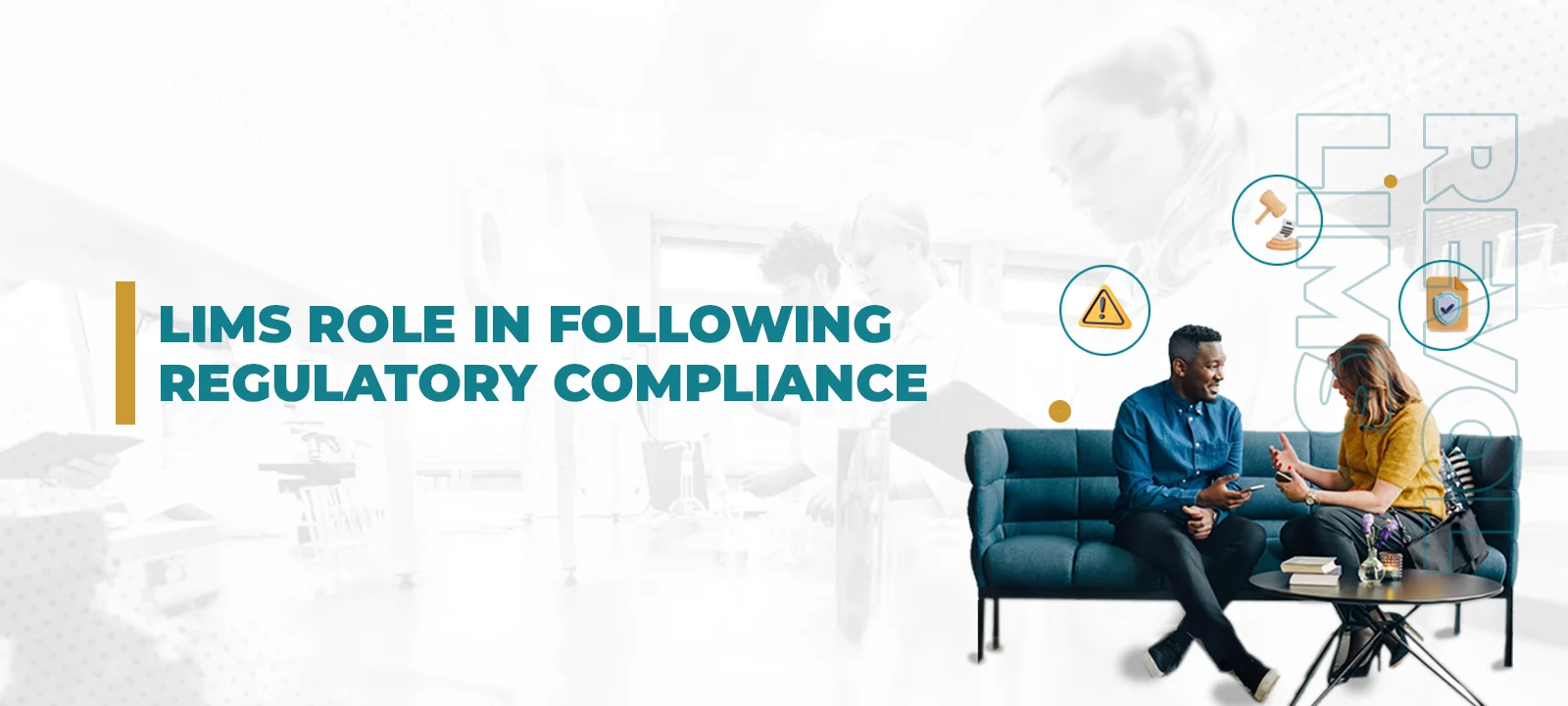
Introduction
To ensure compliance with industry standards, regulatory bodies are increasingly conducting inspections across various laboratory and testing environments, including those in the Chemical, Pharmaceutical, Healthcare, Life Sciences, Forensic, Environmental, and Testing & Calibration industries. Non-compliance with audit findings can result in severe consequences, such as the loss of accreditation or even termination.
Implementing Laboratory Information Management System (LIMS) software helps address these challenges by automating laboratory processes, improving documentation, and ensuring compliance with regulatory requirements and data management standards.
LIMS offers tools that control, manage, organize, document, analyze, and report informations, ensuring that proper data is captured and reported to meet strict regulatory expectations.
Depending on the industry, regulatory requirements may vary, with common standards including ISO/IEC 17025:2017, GLP, HIPAA, EU GDPR, FDA 21 CFR Part 11, CLIA, ISO 15189:2012, ISO 20387, GCP, GLP, FSMA, HACCP, and ISBER Best Practices.
Lab managers should focus on the data integrity, functionality, and validation processes of a LIMS solution, ensuring that it aligns with the latest standards and drives compliance and efficiency according to the laboratory’s needs.
Features of LIMS that Drive Compliance
The following key aspects of Laboratory Management Software help laboratories comply with regulatory guidelines and best practices:
-
Organization
A LIMS is a web-based application built around a centralized database that records and manages laboratory data. This includes sample data, test results, certificates of analysis (CoA), standard operating procedures (SOPs), study data, sample processing and storage data, workflows, and associated instruments. This not only helps maintain organization but also enhances efficiency, transparency, and compliance. -
Visualization
LIMS allows lab managers and other relevant staff to track sample testing and usage, recommending optimizations where necessary. By using barcodes attached to individual samples, LIMS ensures complete traceability throughout the sample’s life cycle. The electronic collection of sample data simplifies the creation of reports. LIMS also helps in setting and monitoring key performance indicators (KPIs), providing clear visibility of laboratory processes. -
Automation
A LIMS automates the capture of detailed data, improving accuracy by integrating with laboratory instruments and software. This reduces the potential for transcription errors and ensures that any items failing to meet specifications are flagged automatically, streamlining the documentation process.
Conclusion
Leading Laboratory Information Management System providers are dedicated to ensuring compliance with regulatory best practices and guidelines for maintaining data integrity. By supporting organization, visualization, and automation, and adhering to the principles outlined in standards such as ISO/IEC 17025:2017, GLP, and 21 CFR Part 11, LIMS software like Revol LIMS can simplify compliance for laboratories in industries such as Chemical, Petrochemical, Pharmaceutical, Healthcare, Life Sciences, Forensic, Environmental, and Testing & Calibration.
